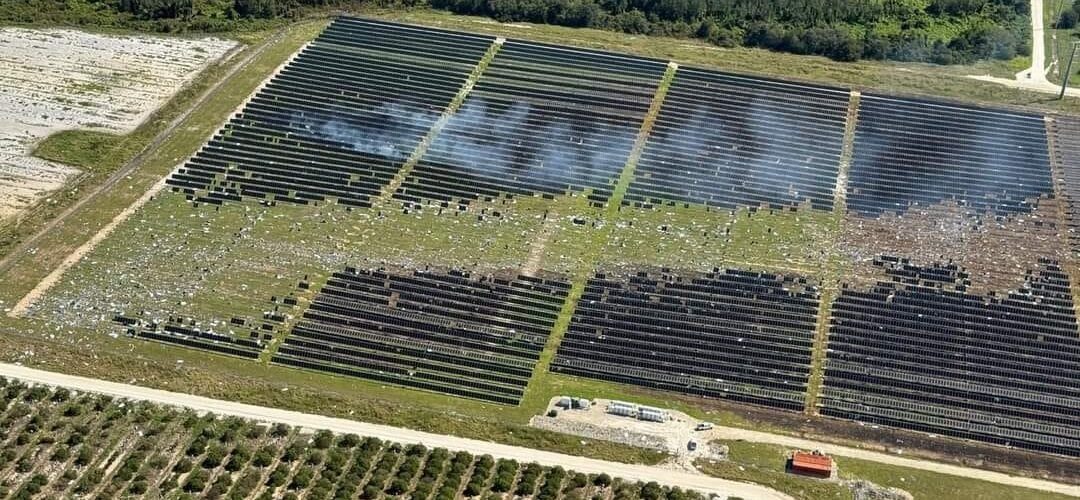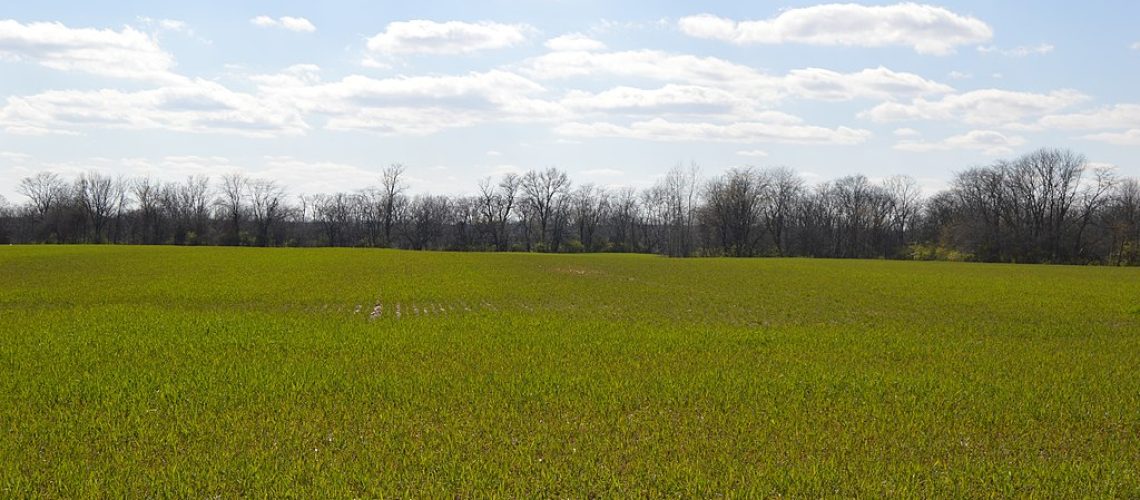A survey conducted by Paces said average acreage and feeder capacity are shrinking in Illinois and New York.
Renewable energy project planning software developer Paces released a report indicating that there is a decline in optimal sites for solar and wind projects. The study focused on Illinois and New York.
As a result, the report concluded, developers have to move more quickly on their projects in these states or be prepared to accept less than optimal sites.
The survey behind the report examined the number of suitable sites, which were defined as parcels with at least 1 MW of feeder capacity at at least 15 buildable acres. The data, spanning a period of January 2024 through October 2024, shows a rapid decline in the number of suitable sites.
In Illinois, the number of suitable sites decreased 41.9% from 13,302 to 7,735 over the period surveyed. In New York, number of suitable sites decreased 9.6% from 6,908 to 6,245.
The reduction in the availability of optimal project sites means developers are having to piece together projects involving multiple smaller parcels with lower feeder load capacities. Both of these trends are increasing the complexity of individual projects, the report said. In Illinois, the average average site size fell from 51.0 acres with 3.03 MW of feeder capacity to 45.2 acres with 2.97 MW over the survey period. In New York, the average site size fell from 41.0 acres with 3.54 MW to 39.0 acres with 3.33 MW over the same period.
The report said that another complicating factor is the high number of unique landowners in the states surveyed. According to Paces:
The shrinking availability of suitable sites poses a significant challenge for renewable energy developers. As land availability becomes scarce, competition for optimal locations will increase, which can lead to higher costs and longer development timelines. Fewer suitable sites could also result in bottlenecks in the permitting process, especially in jurisdictions with more complex regulations.
The report notes that some jurisdictions in the states surveyed are more friendly to solar and wind development and concludes that renewable energy developers should prioritize securing land in regulatory-friendly jurisdictions while favorable options remain.
Last July, a panel discussion at the RE+ Mid-Atlantic solar and storage conference in Philadelphia made the point that developers many have to embrace opportunities such as rooftops and brownfields for projects as more suitable sites become harder to come by.
Popular content




